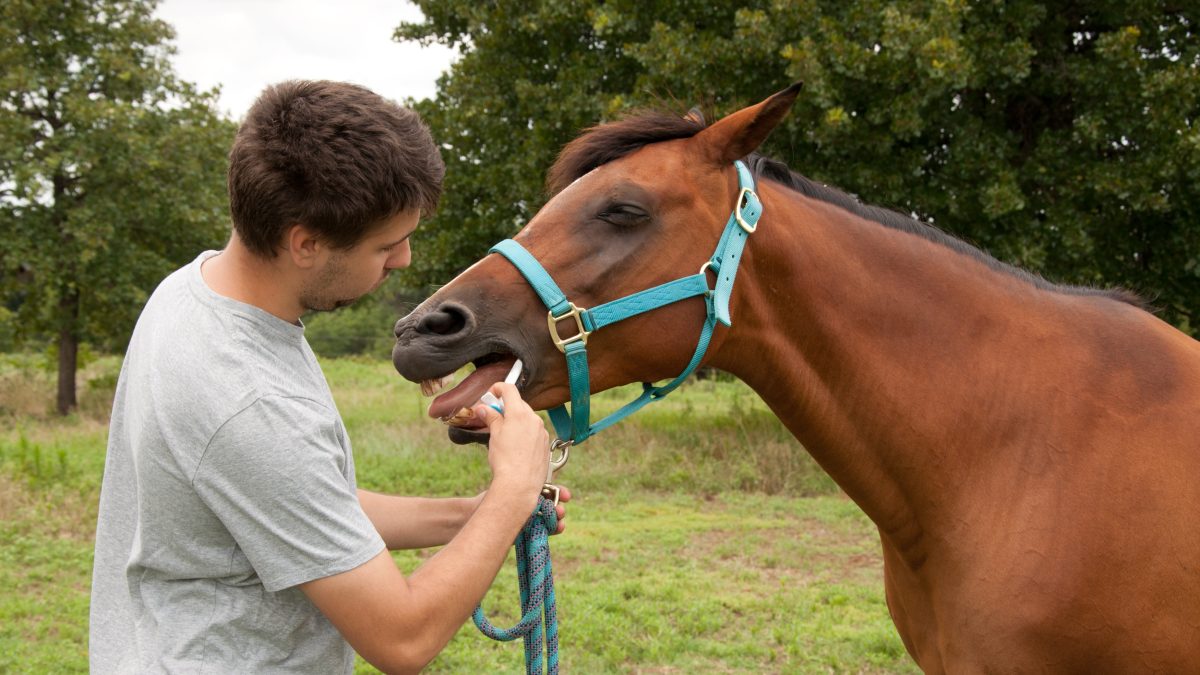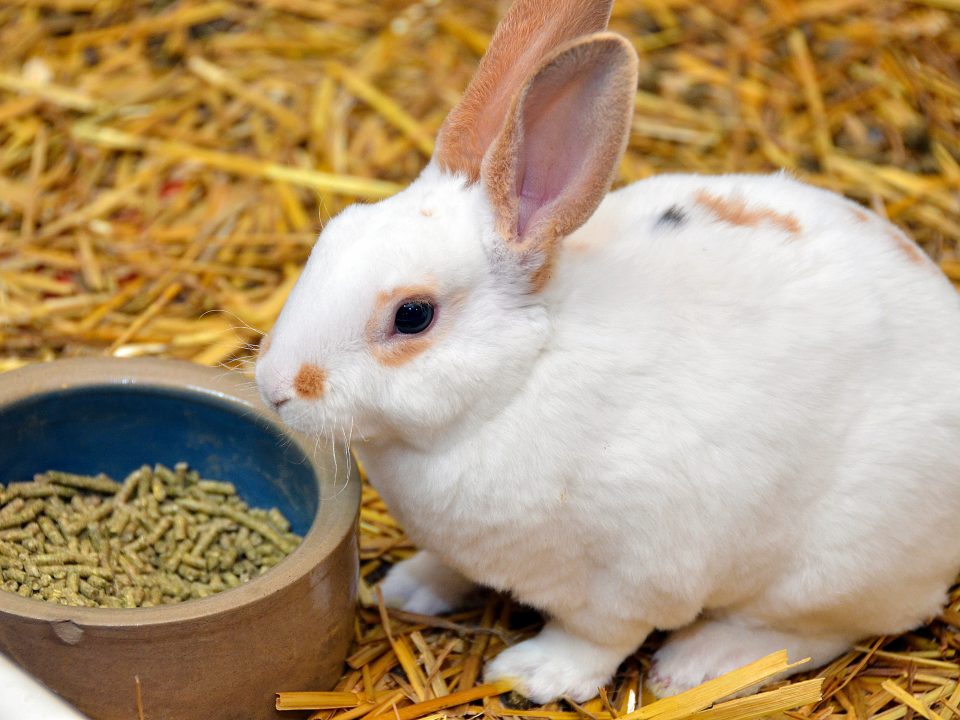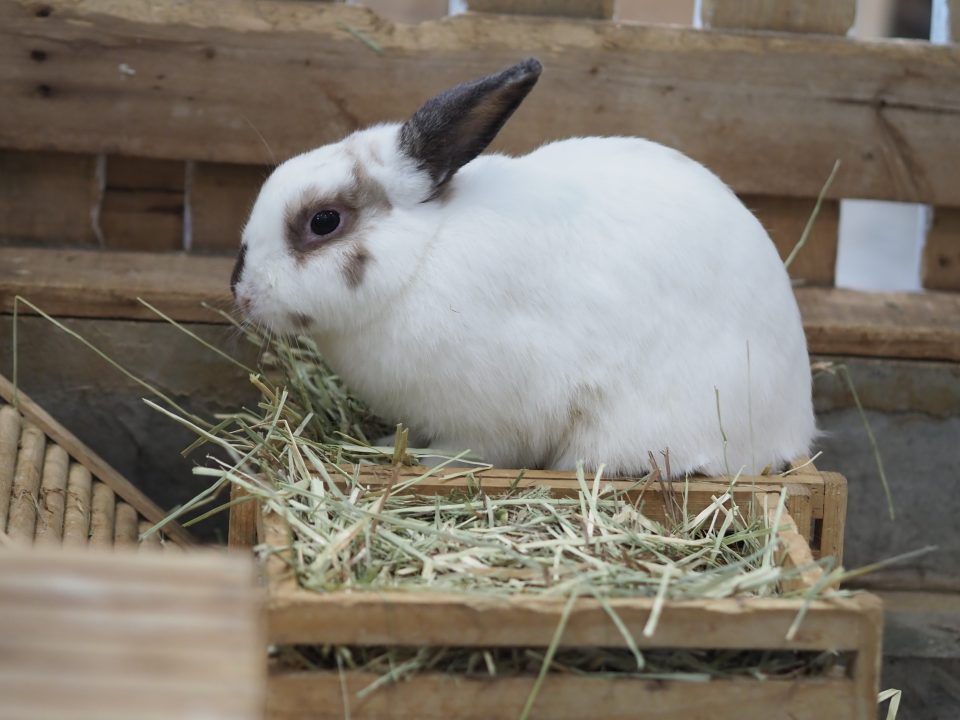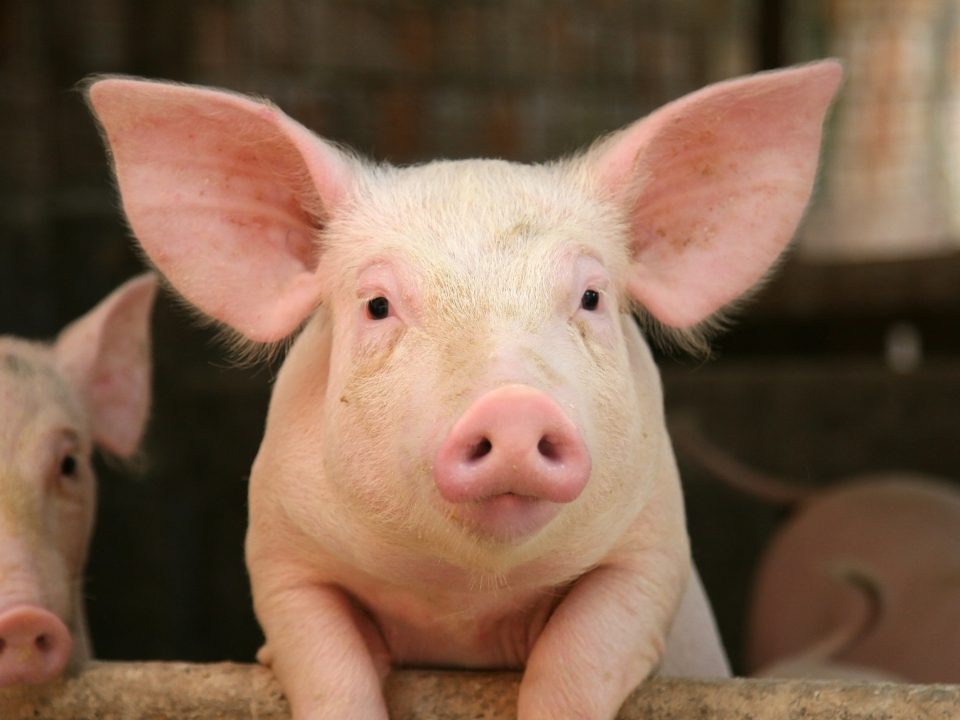
Understanding and Managing Colic in Horses
April 16, 2025
Probiotics for Your Horse: Why Gut Health Starts Here
June 3, 2025The Importance of an Annual Deworming Schedule for Horses

Parasite control is one of the most critical aspects of maintaining a healthy horse. Internal parasites like strongyles, ascarids, tapeworms, and bots can cause weight loss, poor coat condition, colic, and even death if left untreated. With increasing parasite resistance to dewormers, horse owners must adopt strategic, veterinarian-guided deworming practices rather than the traditional frequent rotational approach. An annual deworming schedule tailored to your horse’s age, environment, and parasite load is essential for effective parasite management.
Why Strategic Deworming Matters
For many years, the standard was to deworm horses every 6-8 weeks using a rotating schedule of anthelmintics. While this method was simple, it led to overuse of dewormers and accelerated resistance in parasite populations—especially among small strongyles. Today, the American Association of Equine Practitioners (AAEP) recommends a more targeted approach based on fecal egg counts (FEC), which measure parasite eggs in manure and help identify low, moderate, or high shedders.
Building an Annual Deworming Schedule
A proper annual deworming plan includes a mix of fecal testing and strategically timed treatments. Here’s a basic breakdown:
Spring (March – May)
- Fecal Egg Count (FEC): Start the year with a fecal test to determine each horse’s shedding level.
- Deworm Based on Results:
- Low shedders (FEC <200 EPG): May not need spring treatment.
- Moderate to high shedders: Typically treated with a dewormer effective against small strongyles, such as ivermectin or moxidectin.
Summer (June – August)
- Pasture Management Focus: Reduce parasite exposure with good practices like regular manure removal, rotational grazing, and avoiding overstocking.
- Foals: If you have foals on the property, they may need treatment for ascarids every 2 months from 2 to 12 months of age under veterinary guidance.
Fall (September – November)
- Second Fecal Egg Count: Especially important to evaluate parasite loads after the warm season.
- Deworm as Needed: Treat moderate or high shedders again based on results.
Late Fall to Early Winter (November – February)
- Tapeworm & Bot Control:
- Treat all horses once a year for tapeworms using a product with praziquantel (usually combined with ivermectin or moxidectin).
- This is also a good time to target bot larvae, which are active in late summer and fall.
Additional Considerations
- Individualize the Plan: Older horses, horses in poor health, and those under 5 years old may need special attention. Work closely with your veterinarian.
- Keep Records: Track deworming dates, FEC results, and products used for each horse.
- Rotate Pastures: If possible, rotate horses between pastures and avoid overcrowding to lower parasite exposure.
Final Thoughts
Strategic deworming is not just about reducing parasite loads—it’s about preserving the effectiveness of dewormers for the future. An annual schedule that incorporates fecal testing and targeted treatment provides effective parasite control while minimizing resistance. Always consult with your veterinarian to develop the best plan for your specific horses and farm conditions.
By sticking to a thoughtful, evidence-based approach, you’ll help ensure your horses remain healthy, strong, and parasite-free year-round.



